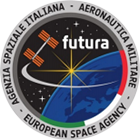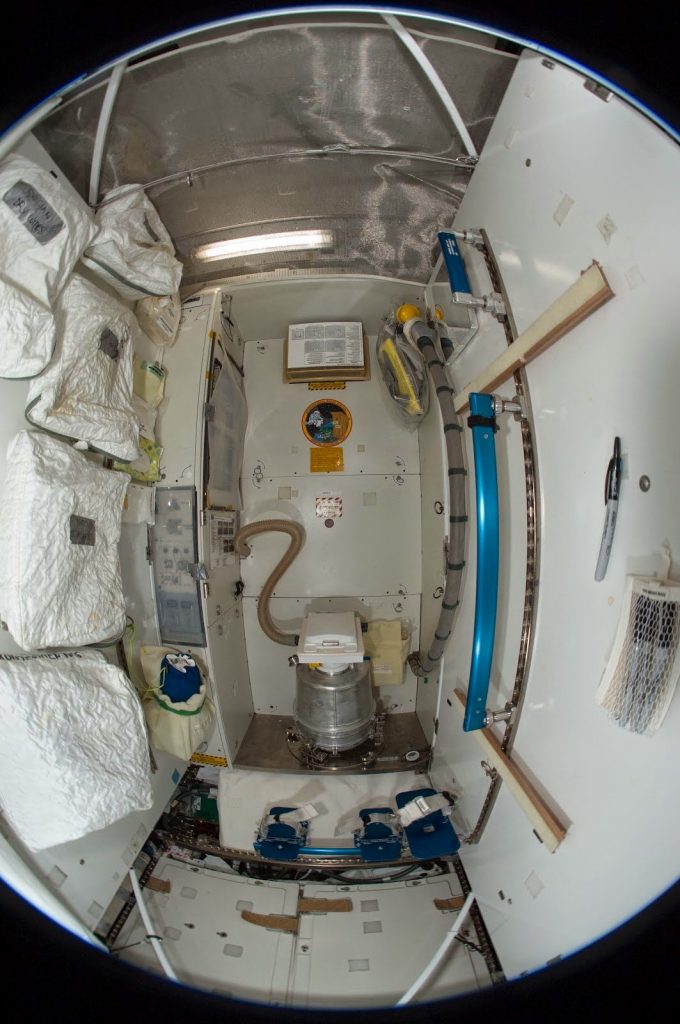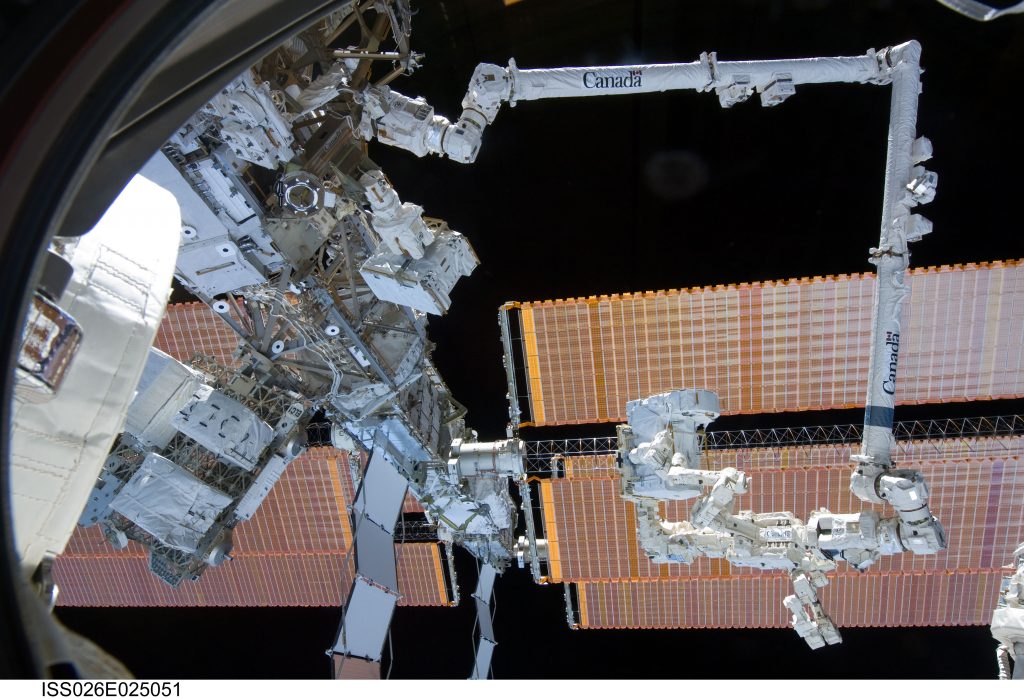L-108: Calculating pressure
Friday
09:50
Just got back from a manual docking session and now it’s time to get ready for a 4-hour Soyuz sim in the afternoon with Terry and Anton: we’ll practice undocking and reentry and I’m sure that, as usual, we’ll have plenty of malfunctions to keep us busy!
Yesterday we spent the afternoon in the Russian segment mockups for a 4-hour emergency sim in which we worked through five depressurization scenarios with different leak locations and leak rates. In one of the scenarios, the leak was in the Soyuz descent module: in such a case, we would have to run a procedure to prepare the Soyuz for unmanned undocking and reentry, before closing the hatch and let it depressurize to vacuum. Until a rescue ship could be sent, we would be effectively “stranded” on ISS.
In another case, the leak was in the Service Module, requiring us to abandon the heart of the Russian segment, but also forcing the crew docked to the MRM2 module (that would be the other 3-person crew) to leave the ISS – with the Service Module depressurized, they would be cut off from their Soyuz if they stayed.
You can read more about finding a leak in this logbook from our vacuum chamber depressurization training.
In the picture you can see the main pressure instrument we use during a depress scenario: it’s portable and it’s more precise than all other sensors we have on station. We call it with the Russian acronym MV (МВ = мановакуметер).
In case of a depressurization alarm, given manually by the crew or automatically by the onboard computers, the vehicle autoresponse shuts down all ventilation and, in the Russian segment, starts an algorithm to try and pinpoint the leak by using the data from the airflow sensors located in the hatchways. That takes about 5 minutes, during which we retreat to our respective Soyuz ships to avoid affecting the airflow and, since we’re at it, to check that it’s not the Soyuz itself that is leaking. We also immediately calculate our reserve time, which is the time we have available until the pressure becomes to low and we have to evacuate. The Russian computers and the ground controllers will compute the reserve time as well, but we do our own rough calculations by using the graphs you see in the picture, which are based on the time it takes for the pressure to drop 1 mm.
Futura mission website (Italian): Avamposto42
avamposto42.esa.int
#SamLogbook #Futura42
(Trad IT) Traduzione in italiano a cura di +AstronautiNEWS qui:
https://www.astronautinews.it/tag/logbook/
(Trad FR) Traduction en français par +Anne Cpamoa ici:
https://spacetux.org/cpamoa/category/traductions/logbook-samantha/
(Trad ES – Currently not updated) Tradducción en español aquí:
https://www.intervidia.com/category/bitacora/
08/08/2014







